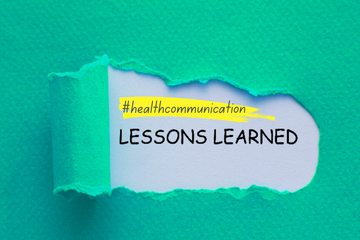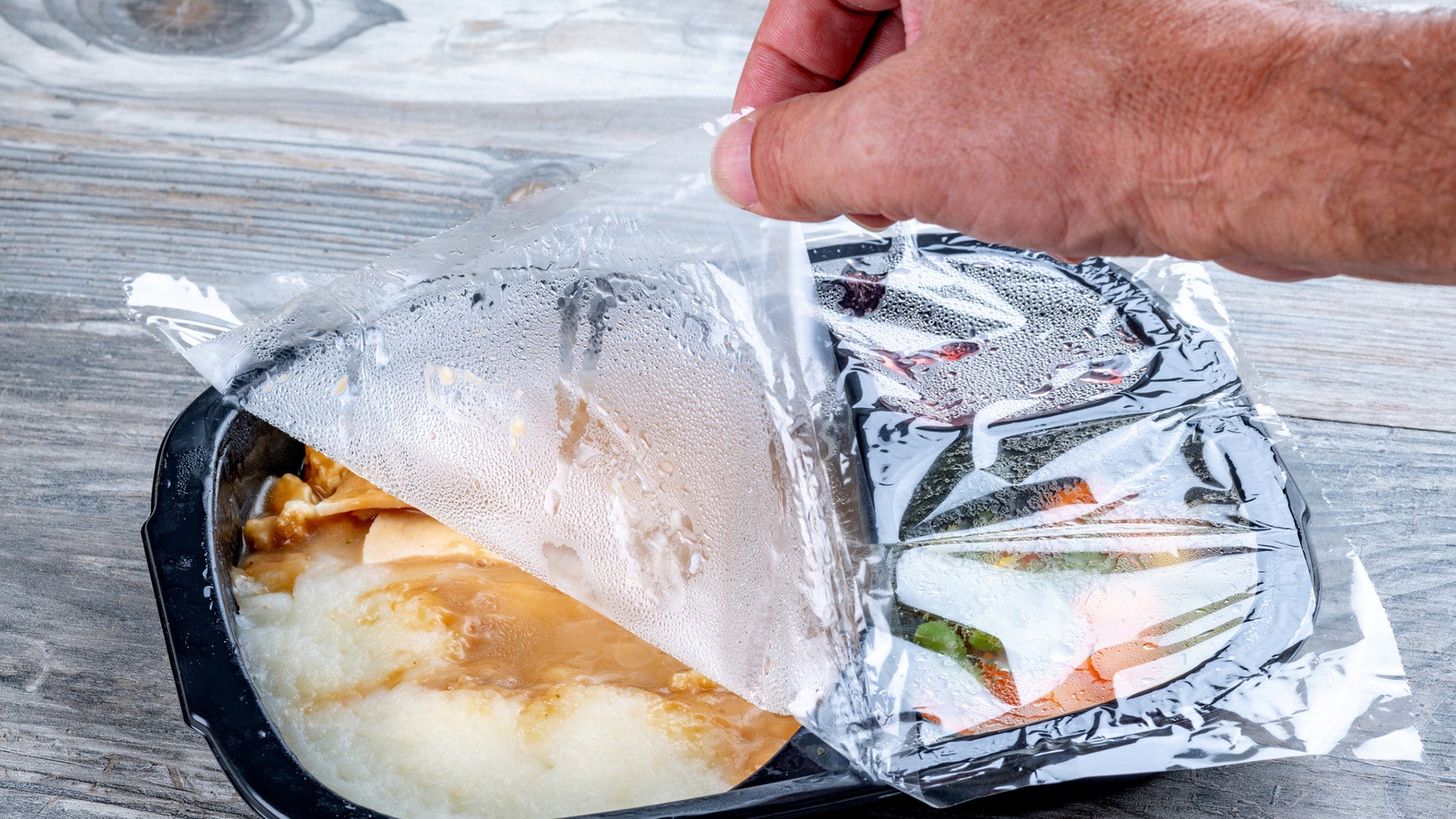Lessons learned: How to use hope to boost message effectiveness

You’re reading Lessons Learned, which distills practical takeaways from standout campaigns and peer-reviewed research in health and science communication. Want more Lessons Learned? Subscribe to our Call to Action newsletter.
Using messages that tap into positive emotions, such as hope, can empower people to act. So what specific communication techniques can we use to maximize this effect? A recently published study in the Journal of Business Research investigated how allusions — which can take the form of sayings or slogans, recognizable memes, or art — enhance the persuasive effects of hope appeals. To test this, researchers crafted a series of messages directing people to use myplate.gov to build healthier eating plans. These messages varied based on whether they were hopeful and whether they alluded to a common phrase. The researchers tested these messages through three experiments:
- Experiment one: 166 people were exposed to one of the randomly assigned conditions (i.e. hopeful x allusion, neutral x allusion, hopeful x no allusion, neutral x no allusion). Participants’ visual attention on the material was assessed with eye tracking.
- Experiment two: 608 people were exposed to one of the randomly assigned conditions. They then reported all the thoughts, ideas, and images that came to mind about the material as well as their intentions to learn about healthy eating plans and following dietary recommendations.
- Experiment three: 371 people were exposed to one of the randomly assigned conditions. Similar to experiment two, they reported what came to mind about the material and their intentions to follow dietary recommendations. They also rated (1) how deeply they processed the material, (2) their attitudes about the brand in the material, and (3) how confident and capable they were about using the recommendations.
What they learned: When used together, hope and allusion increase attention, thoughts, and processing of the material, as well as brand attitudes. Importantly, this technique also increases people’s intentions to follow health recommendations. These effects happen because using hope and allusion together boosts people’s confidence and sense of capability. The researchers think this is because recognizing the allusion encourages people to engage with the rest of the message and makes people feel “in the know” from understanding the reference.
Why it matters: Understanding how and why to use specific techniques, such as hope and allusions, can help communicators get their messages to the people who need them.
➡️ Idea worth stealing: Combine hopeful messages with references that your audience will recognize.
What to watch: How health communicators tap into recognizable references like social media trends to better reach their communities.


